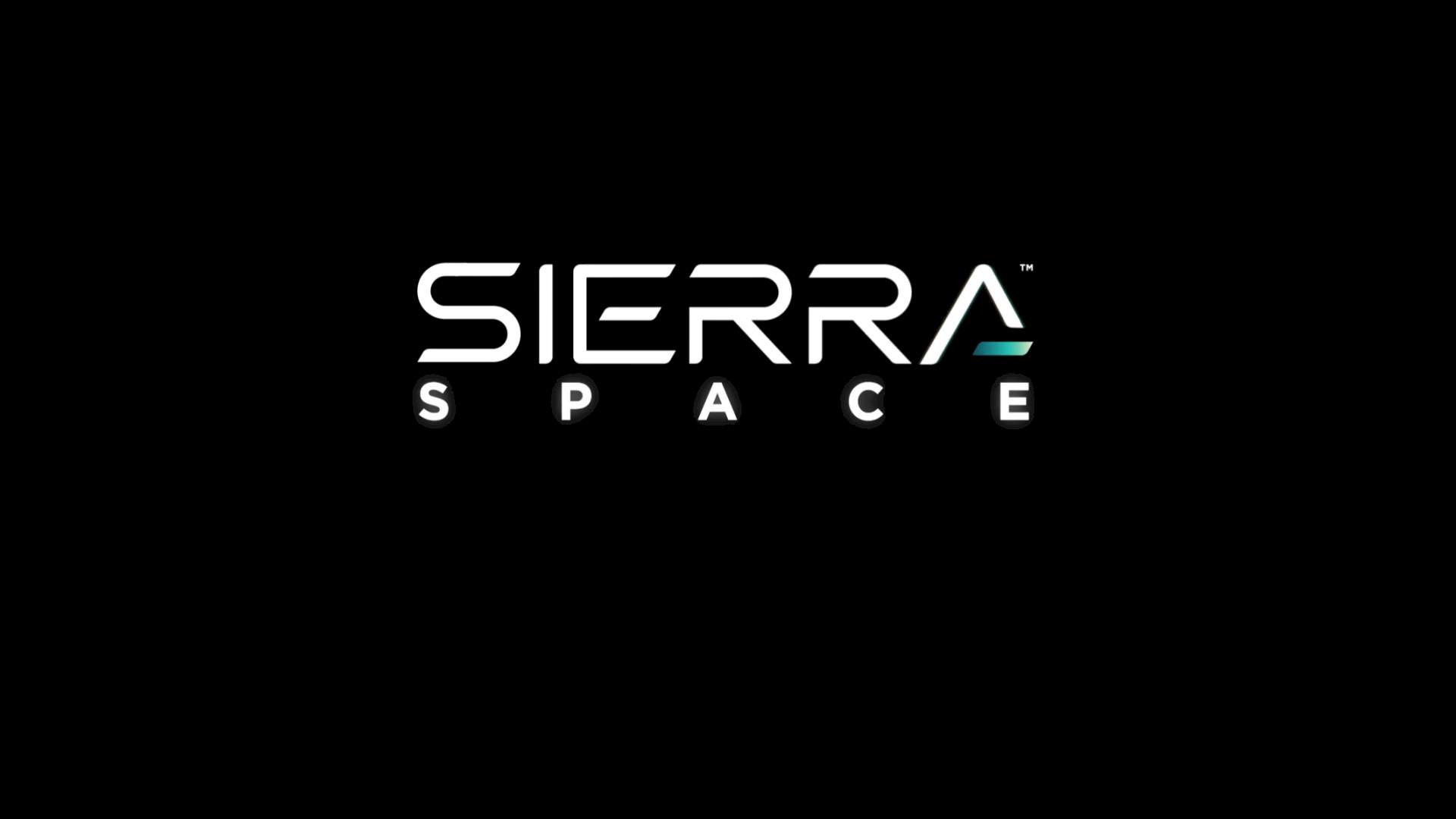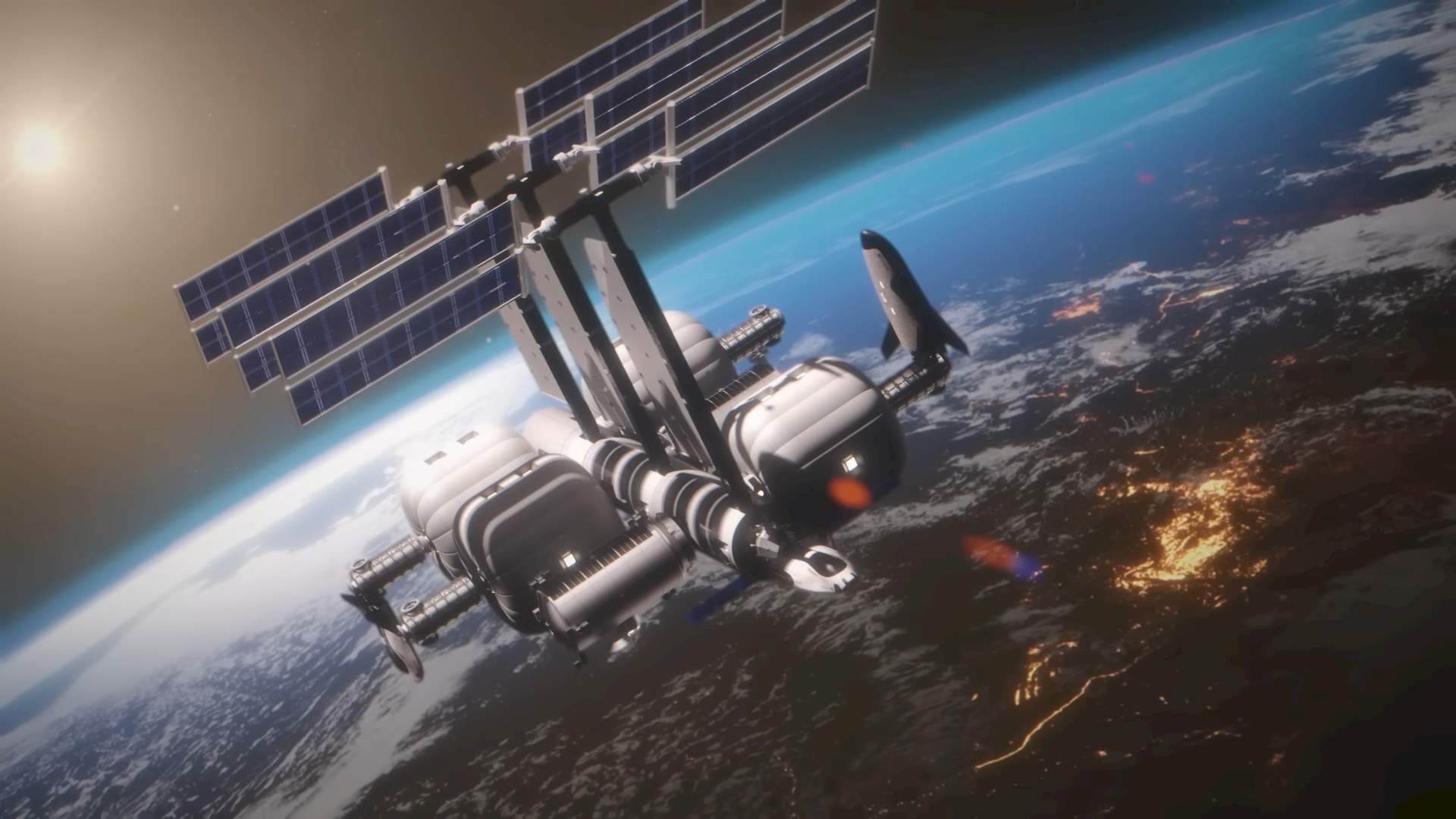It’s not often you hear about a successful failure, but that’s exactly what happened with Sierra Space’s Large Integrated Flexible Environment (LIFE) habitat. This isn’t your average houseplant gone rogue; LIFE is a prototype inflatable module designed to one day house astronauts in space. And to test its limits, the team at Sierra Space intentionally blew it up.
For millennia, humanity has dreamt of venturing beyond our earthly cradle. We’ve built celestial chariots, chased lunar shadows, and planted our flag on a distant world. But our journey has just begun. Space remains largely unexplored, a cosmic ocean teeming with secrets waiting to be unraveled.
By establishing a permanent presence in space, we embark on a grand scientific odyssey and organizations like Sierra Space, NASA, and SpaceX are making us more and more ready to take the first steps of this adventure.

What Sierra Space is working on?
Imagine a luxurious space home, complete with panoramic views of Earth and ample room to stretch your legs. No, it’s not science fiction – it’s the vision behind Sierra Space’s LIFE Habitat, a revolutionary inflatable living module designed for the future of space exploration.
LIFE stands for Large Integrated Flexible Environment, and it’s exactly that. This innovative habitat uses a series of inflatable modules constructed from high-tech, multi-layered materials to create a comfortable and spacious living environment in space. Think of it as a giant pool float for astronauts, but infinitely more sophisticated and durable.
How does Sierra Space LIFE work?
Once deployed in orbit, the LIFE habitat inflates with pressurized gas, creating a sturdy and airtight structure. The layers of its skin provide protection from micrometeoroids, radiation, and the harsh temperature swings of space. Inside, the habitat boasts a modular design, allowing for customizable living and working areas.
LIFE habitat offers several advantages over traditional, rigid space modules:
- Cost-effective: Inflatable structures require less material and launch volume, making them significantly cheaper to transport and deploy
- Lightweight and compact: LIFE modules can be folded for launch, taking up much less space than rigid modules
- Expandable and adaptable: The modular design allows for easy expansion or reconfiguration as needed, making it ideal for long-term missions or growing space communities
- Durable and strong: The multi-layered skin of the habitat provides excellent protection from the harsh space environment

A successful failure
Sierra Space achieved a major milestone with the successful completion of the Ultimate Burst Pressure (UBP) test on a full-scale LIFE module prototype. This test involved inflating the module to its breaking point to assess its structural integrity and understand how it behaves under extreme pressure. The data collected will be crucial for further refining the design and ensuring the safety of future astronauts living in LIFE habitats.
With the UBP test successfully completed, Sierra Space is now focusing on further development and testing of the LIFE habitat. They plan to incorporate the technology into their Orbital Reef space station, a modular space station currently under development, offering private and government entities the opportunity to conduct research, live, and work in space.
Beyond Orbital Reef, LIFE habitat has the potential to revolutionize space exploration:
- Lunar outpost: Inflatable modules could be used to create comfortable and expandable living quarters on the Moon, supporting long-term lunar missions and potential lunar colonies
- Mars missions: LIFE habitat’s adaptability and radiation protection could make it ideal for establishing a base camp or research station on Mars
- Deep space exploration: Inflatable modules could be used to create temporary living quarters for astronauts embarking on long-distance space travel missions to explore deep space
LIFE habitat is a game-changer in the world of space exploration. Its innovative design and potential applications offer a glimpse into a future where humans can live and work comfortably in space, pushing the boundaries of our reach and paving the way for further discovery.
The shared human story
The human journey into space is not just a scientific or economic endeavor; it’s a shared human story, a testament to our collective curiosity and our relentless pursuit of knowledge. It’s about pushing the boundaries of what’s possible, about reaching for the stars and daring to dream beyond the horizon.
So, let us set sail on this cosmic odyssey, not as nations or individuals, but as a united humanity. Let us write the next chapter in the grand saga of our species, a chapter etched not in stone or parchment, but in the stardust of a million galaxies. For in the vast expanse of space, we are not alone. We are a part of something far grander, a symphony of existence playing out across the eons. And it is our birthright, our destiny, to explore, to discover, and to become one with the universe.
The road ahead is long and fraught with challenges, but the rewards are immeasurable. As we venture into the cosmic unknown, let us remember the words of John F. Kennedy:
“We choose to go to the Moon in this decade and do the other things, not because they are easy, but because they are hard, because that goal will serve to organize and measure the best of our energies and skills, because that challenge is one that we are willing to accept, one we are unwilling to postpone”
-John F. Kennedy
May our journey be guided by the stars, fueled by our curiosity, and forever etched in the annals of human history.
Featured image credit: Sierra Space/YouTube.





